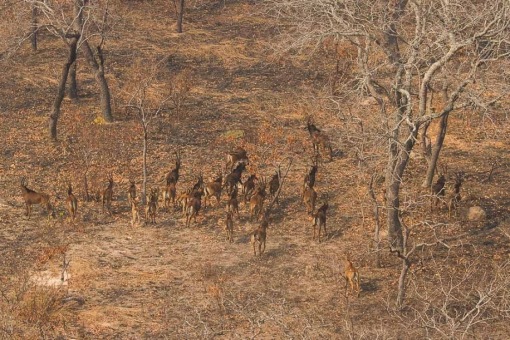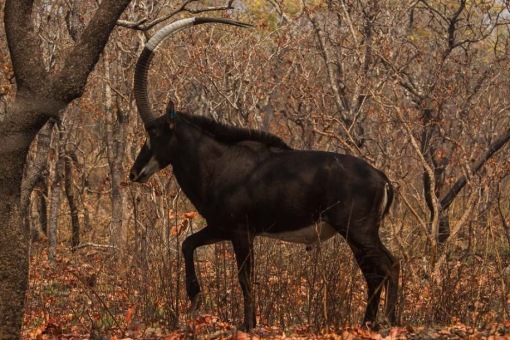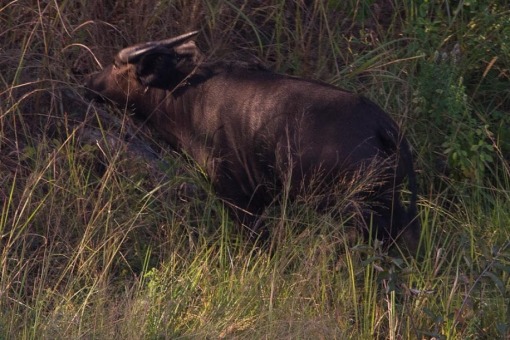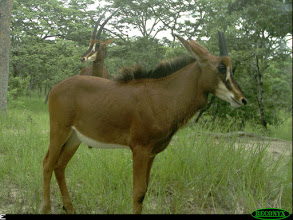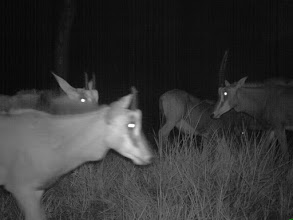Read Biologist Pedro Vaz Pinto’s Second Semester 2019 Report with photos in English and Portuguese, now on our Giant Sable page.

The amazingly beautiful regrowth of geoxyle suffruttex vegetation in the anharas of Cangandala in August.
“Looking back, we have moved a long way in Cangandala National Park, sixteen years since our first hesitant and quite unsuccessful on-foot survey. By then we weren’t even sure if giant sable had survived the civil war, and it took us a few years to conclude that only a few old cows were left, and all males had been poached in the park. Ten years have now passed since a bull from Luando reserve was flown from Luando to join the surviving nine females in a fenced camp, and nine years completed since the first little calf was born to mark the start of the new era. Being a male, the calf received the name of Mercury, a roman god of communication, travelling and soul-guiding, and also the planet closest to the sun. A lot of hopes and responsibility was laid on Mercury’s shoulders, but over the years he has certainly risen to the occasion, becoming the master bull in Cangandala and making a significant contribution to the breeding success of the local herd.”
“This crèche comprised at one stage 20 little ones, which may well be the largest concentration of giant sable calves ever recorded. Adding a few off-season births in subsequent months, gives good reason to consider 2019 as a hugely successful year in Cangandala!”
“Very interesting behavior was witnessed during breeding period, some of which was somewhat unexpected or at least not textbook material. We found all males present and cohabiting the same area, including the large master bulls, the younger territorial contenders and even the much younger from bachelor groups. It seems they all converge to the herd and orbit around the breeding cows.”
“We estimate the current numbers in Cangandala to be around 80 animals, all still confined inside the 4,400-hectare sanctuary. All evidence and observations suggest that the herd is doing extremely well, as inferred by physical condition of animals, breeding rate and success, low mortality, and no indications of overgrazing or excess of antagonistic behavior.”
Visit our Giant Sable page to read Pedro Vaz Pinto’s full report.



































